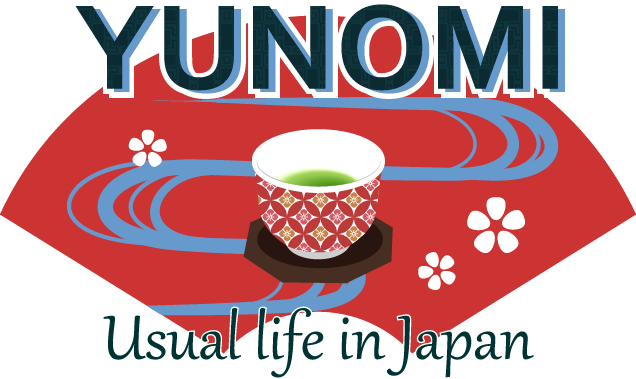When you enter a Japanese home, the first space you see is the genkan (玄関) — the traditional entryway where shoes are removed. It may look small and simple, but it reflects deep values in Japanese daily life.
This humble step-down area tells a story of cleanliness, respect, and mindfulness — all before you even step inside.
What Is a Genkan?
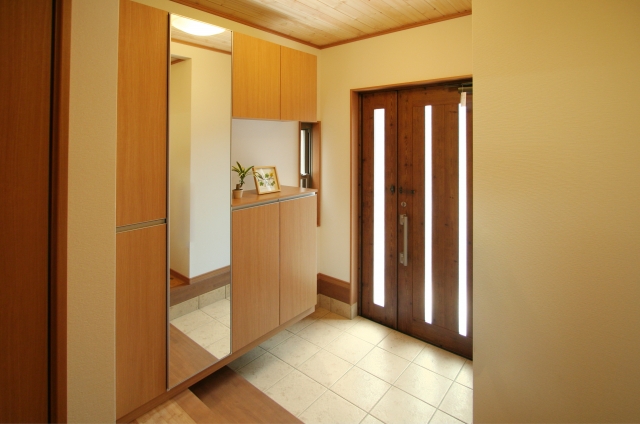
The genkan is a recessed entry space found in almost every Japanese home. It serves as a boundary between the outside world and the clean indoor living area.
The custom dates back to the Heian period, when nobles and temples used raised-floor architecture. Over time, the practice evolved into a cultural standard in everyday homes.
Why Do Japanese Remove Shoes?
Removing shoes in Japan is about more than hygiene — it reflects cultural values:
- Cleanliness — keeping dirt, dust, and mud out
- Respect — honoring the home and its inhabitants
- Comfort — maintaining clean floors, especially with tatami mats
- Practicality — Japan’s climate brings rain, snow, and dust
In Japan, shoes symbolize the outside world — and leaving them at the genkan shows courtesy and care.
How to Use the Genkan Properly
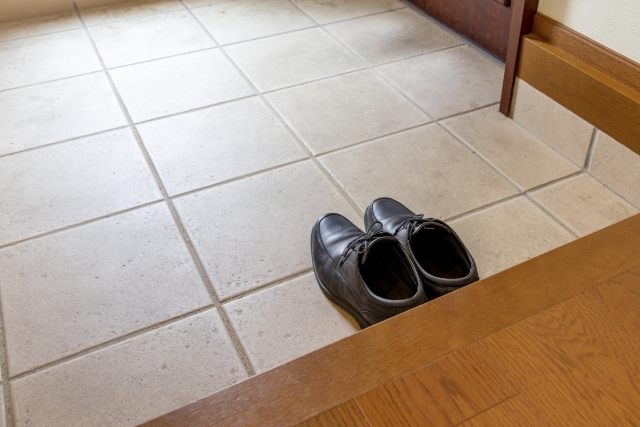
When entering a Japanese home, here’s the polite way:
- Step into the genkan area
- Remove your shoes while facing inward
- Turn your shoes around to face the door
- Step up into the home wearing socks or slippers
This small gesture demonstrates neatness and awareness — qualities highly appreciated in Japan.
Slippers, Socks, and Tatami Rules

Inside a Japanese home, you’ll typically:
- Wear socks or indoor slippers
- Use special slippers for the toilet
- — socks only
These rules keep the home’s zones clean and organized — a quietly important part of Japanese lifestyle design.
The Genkan as a Welcome Space
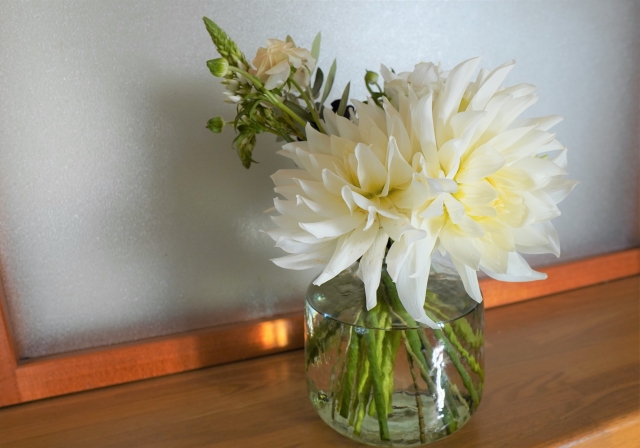
Many genkan areas include small touches of hospitality:
- Seasonal flowers or ikebana
- Umbrella stand
- Shoe shelf
- A simple art piece or noren curtain
Even without words, the genkan says: “Welcome — please feel at home.”
Where You'll See Genkan
You’ll find genkan not only in private homes, but also at:
- Ryokan inns
- Traditional restaurants
- Temples and cultural spaces
- Some cafés and studios
When in doubt, simply observe others — and you’ll naturally blend into the flow.
Final Thought
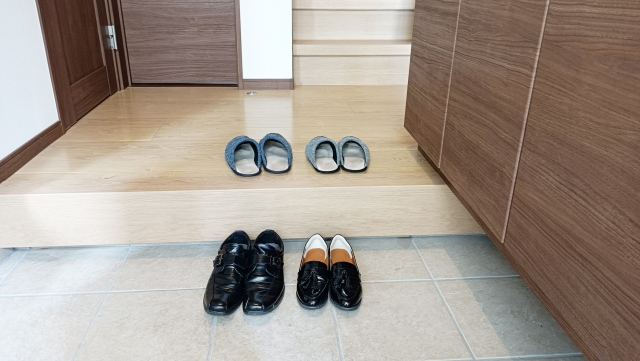
The genkan may be small, but it carries big meaning.
It represents a moment of pause — a quiet space where the outside world is left behind, and respectful living begins.
In Japan, even the doorway teaches mindfulness.
